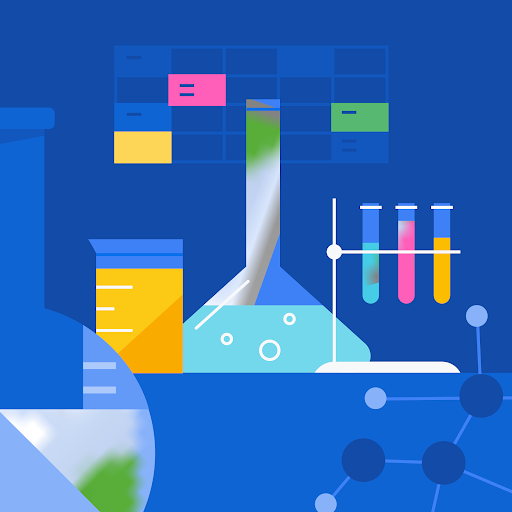Which statement describes the electron transport chain?
- This process joins 2 pyruvic acid molecules into a molecule of glucose.
- This process converts pyruvic acid to acetyl CoA.
- This process splits glucose in half and produces 2 ATPs for each glucose.
- This process produces some ATP and carbon dioxide in the mitochondrion.
- This process uses energy captured from electrons flowing to oxygen to produce most of the ATPs in cellular respiration.

1 Answer
Electron transport chain (ETC) is a set of ______ electron carriers present in a specific sequence along _______ mitochondrial membrane. A seven, inner B six,inner C seven,outer D six,outer

1 Answer
Which of the following is not true of the Electron Transport Chain? a. movement through ATPase provides the energy required to resynthesize ATP from ADP and phosphate. b. is pumped into the intermembrane space of mitochondria via a series of four cytochrome complexes c. NADH and donate electrons to the ETC. These electrons provide the energy required to pump from the mitochondrial matrix to the intermembrane space of the mitochondria d. Without oxygen, the ETC is able to produce substantially greater amounts of ATP via aerobic metabolism.

1 Answer
Which of the following statements concerning the electron transport chain is false? a. The final electron acceptor is oxygen. b. Each NADH yields three ATP molecules. c. Each FADH2 yields two ATP molecules. d. The electron transport chain will work whether oxygen is present or not.

1 Answer
Which of the following statements about the electron transport chain in cell respiration is CORRECT?
The electron transport chain of proteins contains pores that are leaky to H.
The loss in free energy of the electron initially donated by NADH is used to transport H+ across the inner mitochondrial membrane against its electro
The ATP synthase generates a H+ gradient across the inner mitochondrial membrane.
The electron transport chain of proteins uses ATP to pump H+ across the inner mitochondria membrane against its electrochemical gradient

1 Answer
State whether the following statements are true or false. The carrier molecules of the electron transport system are located in the cytosol.

1 Answer
Which of the following statements about the electron transport chain is true? Group of answer choices A) It is driven by ATP hydrolysis. B) It includes a series of hydrolysis reactions associated with mitochondrial membranes. C) It consists of a series of redox reactions D) It occurs in the cytoplasm of both prokaryotic and eukaryotic cells.

1 Answer
Which of the following statements about the electron transport chain is true? 1 Water is the last electron acceptor. 2 The electron transport chain is the first step in cellular respiration. 3 NADH and FADH2 donate their electrons to the chain. 4 Electrons gain energy as they move down the chain.

1 Answer
Which one of the following statements about the redox reactions of the electron transport chain is correct? 1 NADH gains electrons in the initial reaction of the electron transport chain. 2 The electron transport chain takes electrons from water and gives them to oxygen. 3 The oxidation of NADH is directly coupled to the reduction of oxygen to water. 4 The redox reactions of the electron transport chain are directly coupled to the movement of protons across a membrane. 5 The redox reactions of the electron transport chain are directly coupled with the synthesis of ATP.

1 Answer
Which of the following statements about the chemiosmotic synthesis of ATP is correct? 1 The energy for production of ATP from ADP comes directly from a gradient of electrons across the inner mitochondrial membrane. 2 Oxygen participates directly in the reaction that makes ATP from ADP and P. 3 The chemiosmotic synthesis of ATP requires that the electron transport in the inner mitochondrial membrane be coupled to proton transport across the same membrane. 4 The chemiosmotic synthesis of ATP occurs only in eukaryotic cells, because it occurs in mitochondria. 5 Chemiosmotic ATP synthesis requires oxygen.

1 Answer